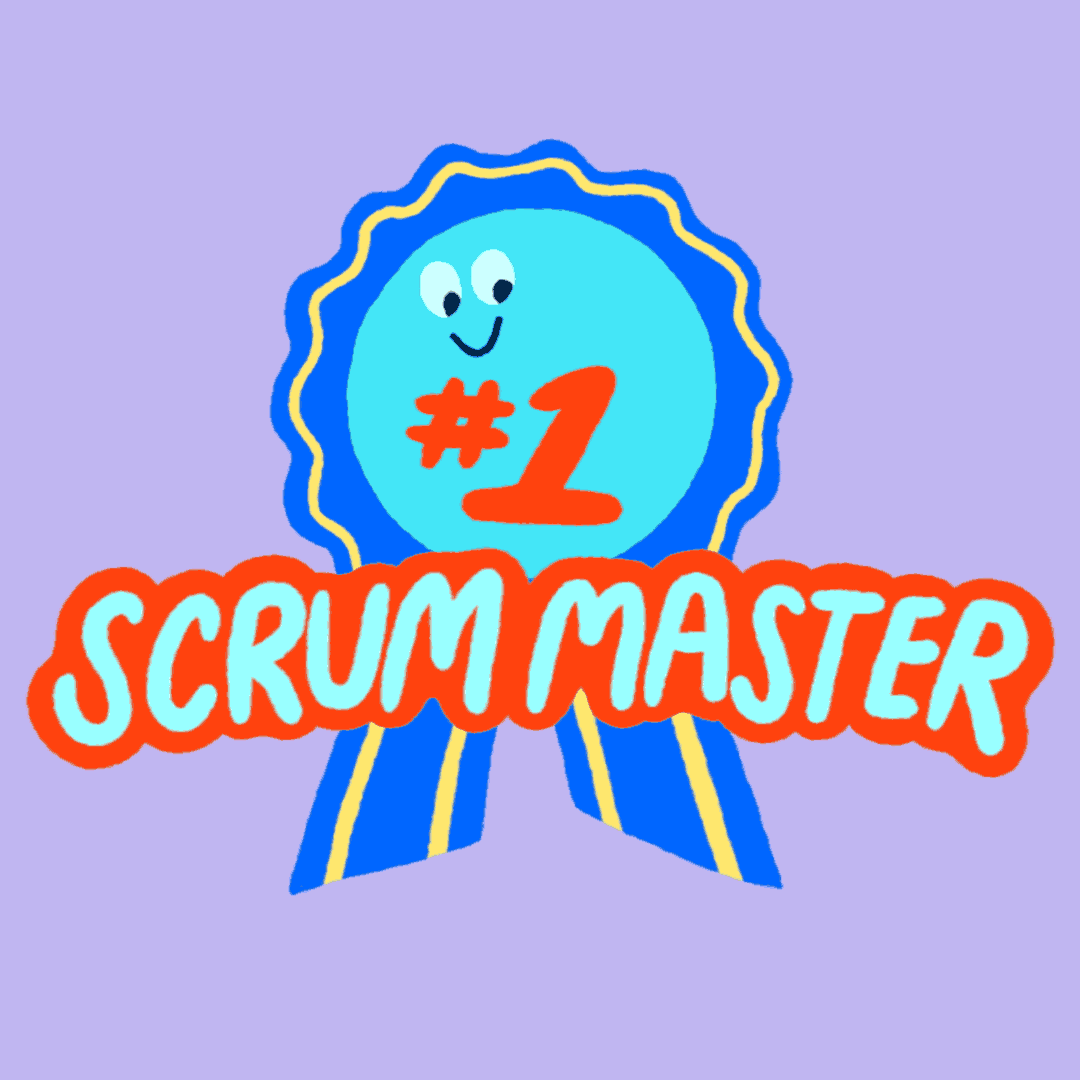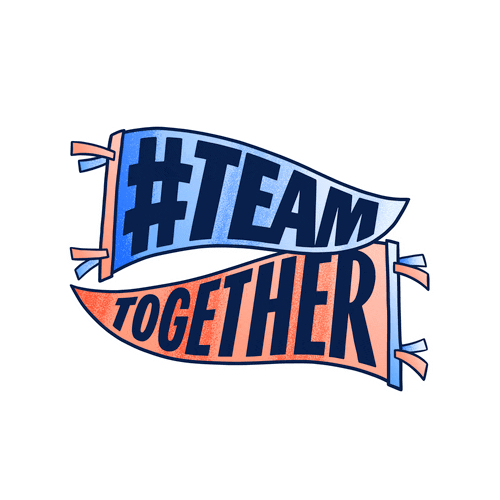In today's fast-paced and ever-evolving business landscape, traditional project management approaches like the waterfall model often fall short of meeting the demands of modern projects. This realization has sparked a revolution in the way teams approach project execution, giving rise to methodologies such as Agile and Scrum. Agile and Scrum offer dynamic and flexible frameworks that empower teams to adapt to change, collaborate effectively, and deliver high-quality results. In this article, we will delve into the differences and similarities between Agile and Scrum, explore the best ways to learn and implement these methodologies as individuals or teams, and address frequently asked questions to provide a comprehensive understanding of these invaluable project management approaches.
So let's start this illuminating journey of Agile and Scrum mastery, whether you're a seasoned professional wishing to broaden your skill set or a team looking to improve your project outcomes.
What is Agile?
Agile is an innovative project management approach that emphasizes adaptability, collaboration, and iterative development. It emerged as a response to the limitations of traditional, sequential methodologies like the waterfall model. Rather than following a rigid and linear process, Agile embraces change and encourages teams to respond to evolving requirements, customer feedback, and market dynamics.
At its core, Agile is founded on a set of guiding principles outlined in the Agile Manifesto. These principles prioritize individuals and interactions, working software, customer collaboration, and responsiveness to change. By focusing on these principles, Agile promotes a flexible and customer-centric mindset that drives continuous improvement and value delivery.

Project management using agile approaches is iterative and incremental. Agile splits projects into more digestible chunks known as "sprints" or "iterations" rather than attempting to establish all needs at once. The team builds a working project increment during each sprint, which typically lasts for a specified amount of time, usually two to four weeks.
Key characteristics of Agile include:
- Iterative Development: Agile projects progress through a series of iterations, allowing for regular feedback, adaptation, and continuous improvement.
- Cross-functional Teams: Agile teams are typically composed of individuals with diverse skills and expertise, fostering collaboration and shared accountability.
- Emphasis on Customer Collaboration: Agile methodologies encourage close collaboration with stakeholders, ensuring that the customer's perspective is continuously integrated into the development process.
- Self-organizing Teams: Agile empowers teams to make decisions and organize themselves, fostering ownership, creativity, and innovation.
- Continuous Delivery: Agile promotes the delivery of working software or valuable increments at regular intervals, allowing for early and frequent customer feedback.
- Transparency and Visibility: Agile frameworks provide transparency into the project's progress, enabling stakeholders to monitor and make informed decisions based on real-time information.
Agile methodologies, such as Scrum, Kanban, and Extreme Programming (XP), provide specific frameworks and best practices for implementing Agile principles effectively. These methodologies offer different approaches to managing projects, but all share the core values and principles of Agile.
By adopting Agile, teams gain the ability to respond swiftly to changes, reduce risks, increase customer satisfaction, and ultimately deliver higher-quality products or services. Agile has found widespread adoption across various industries and is particularly suited to complex and unpredictable projects.
In the next section, we will explore the Scrum methodology, one of the most popular frameworks within the Agile universe, and understand its unique characteristics and benefits.
What is Scrum?
Scrum is a widely embraced Agile methodology that provides a structured framework for managing complex projects. It offers a lightweight and iterative approach that enables teams to deliver value incrementally while fostering collaboration and adaptability. At its core, Scrum is based on a set of roles, events, artifacts, and rules that work together to facilitate effective project management. These components create a framework that empowers teams to self-organize, make decisions collectively, and respond quickly to changing requirements.
Let's explore the key components of Scrum:
Scrum Roles:
- Product Owner: The Product Owner represents the stakeholders and is responsible for defining and prioritizing the product backlog, ensuring that it aligns with customer needs and business goals.
- Scrum Master: The Scrum Master acts as a facilitator and servant-leader for the Scrum team. They remove obstacles, promote adherence to Scrum principles, and enable a productive and collaborative environment.
- Development Team: The Development Team consists of professionals who collaborate to deliver the product increment. They are self-organizing, cross-functional, and accountable for delivering high-quality results.
Events:
- Sprint: A Sprint is a time-boxed period (typically two to four weeks) during which the Development Team works to deliver a potentially shippable product increment. Sprints provide a predictable cadence for planning, development, review, and reflection.
- Daily Scrum: The Daily Scrum is a brief daily meeting where team members synchronize their activities, discuss progress, and identify any impediments or adjustments needed.
- Sprint Review: At the end of each Sprint, a Sprint Review is held to showcase the completed work and gather feedback from stakeholders. This event helps validate progress, gather insights, and adapt the product backlog.
- Sprint Retrospective: The Sprint Retrospective is a dedicated session where the Scrum Team reflects on their work process, identifies strengths and areas for improvement, and implements changes to enhance effectiveness in future Sprints.
Artifacts:
- Product Backlog: The Product Backlog is a prioritized list of requirements, features, or user stories that serve as the source of work for the Development Team. It evolves throughout the project, with the Product Owner responsible for its content and order.
- Sprint Backlog: The Sprint Backlog is a subset of the Product Backlog containing the items selected for the current Sprint. It outlines the work to be accomplished and helps the Development Team plan their activities.
- Scrum emphasizes transparency, inspection, and adaptation. Regularly conducted ceremonies and defined roles provide a clear understanding of project goals, progress, and potential impediments. Scrum enables teams to learn from their experiences, make adjustments, and continuously improve their product and processes.

Adopting Scrum has advantages such as higher stakeholder satisfaction, accelerated time-to-market, improved quality, and greater adaptability to change. Although Scrum is frequently employed in the software development industry, it has also shown success in a number of other fields where complex projects call for iterative development and ongoing input.
Read our What is a Scrum Team? blog post to learn everything you need to know about scrum teams, its roles, structure and responsibilities.
In the following sections, we will explore the differences and similarities between Agile and Scrum, helping you gain a comprehensive understanding of these two invaluable approaches to project management.
Key Differences Between Scrum and Agile
Agile and Scrum both use collaborative iterations and other comparable methodologies, but they also differ significantly in some important ways.
Scope and Focus:
- Agile: Agile is a broader philosophy or mindset that encompasses various methodologies, including Scrum. It emphasizes adaptability, collaboration, and iterative development to deliver customer value.
- Scrum: Scrum is a specific Agile methodology that provides a structured framework with defined roles, events, and artifacts. It focuses on managing complex projects through iterative sprints and emphasizes self-organizing teams.
Framework vs. Philosophy:
- Agile: Agile is a set of guiding principles and values that prioritize flexibility, customer collaboration, and responsiveness to change. It encourages teams to adopt iterative and incremental approaches to project management.
- Scrum: Scrum is a framework within the Agile methodology that offers a specific set of roles, events, and artifacts to manage projects. It provides a structured approach for implementing Agile principles.
Roles and Responsibilities:
- Agile: Agile methodologies typically have flexible role definitions, allowing teams to define roles based on their specific needs. Roles may include Agile Coach, Product Owner, Scrum Master, or Development Team member.
- Scrum: Scrum has well-defined roles, including the Product Owner, Scrum Master, and Development Team. These roles have specific responsibilities, such as managing the product backlog, facilitating the Scrum process, and delivering the product increment.
Iterative Process:
- Agile: Agile methodologies promote iterative development, allowing teams to continuously deliver value in increments and gather feedback for continuous improvement.
- Scrum: Scrum follows a specific iterative process where work is divided into time-boxed sprints. Each sprint produces a potentially shippable increment, allowing for regular inspection and adaptation.
Ceremony Emphasis:
- Agile: Agile methodologies do not prescribe specific ceremonies or events but encourage regular collaboration, feedback, and reflection.
- Scrum: Scrum defines specific ceremonies, including the Daily Scrum, Sprint Review, and Sprint Retrospective, to ensure regular synchronization, review, and reflection within the team.
Flexibility:
- Agile: Agile methodologies offer flexibility in terms of adapting to changing requirements, customer feedback, and market dynamics throughout the project lifecycle.
- Scrum: Scrum provides a degree of flexibility within the framework, allowing teams to adapt and make decisions collectively. However, changes within a sprint are generally discouraged to maintain focus and predictability.

The Similarities Between Agile and Scrum
- Agile and Scrum share several fundamental similarities that contribute to their effectiveness in modern project management.
- Both Agile and Scrum prioritize collaboration, iterative development, and customer value.
- They advocate for self-organizing teams that embrace transparency, inspection, and adaptation.
- Both methodologies promote regular feedback loops, enabling teams to continuously learn and improve.
- Agile and Scrum emphasize the importance of delivering working software or valuable increments in a timely manner, promoting early and frequent customer validation.
- While Scrum is a specific framework within the broader Agile approach, the shared principles and values of Agile serve as the foundation for successful Scrum implementation.
Understanding Agile and Scrum Training
The purpose of the one-day course is to enable staff to identify improvement opportunities in service delivery, based on Agile principles, practices, and techniques. It also prepares them to work in a Scrum team. This course is suitable for anyone with no prior knowledge of Agile that is considering, evaluating or involved in a move towards working in (or with) a Scrum team.
Conclusion
In the realm of project management, Agile and Scrum stand as dynamic methodologies that prioritize collaboration, iterative development, and customer value. Agile provides a flexible philosophy, while Scrum offers a structured framework within the Agile approach. Together, they empower teams to adapt to change, foster collaboration, and deliver high-quality results. By embracing Agile and Scrum, individuals and teams gain the tools to navigate complexity, reduce risks, and increase customer satisfaction. With a plethora of resources available, including courses and training, mastering Agile and Scrum is attainable for those seeking to enhance their project management skills. Embracing these methodologies opens the door to improved collaboration, adaptability, and customer value, ultimately driving project success in today's fast-paced world.
Remember, Agile and Scrum are not one-size-fits-all solutions, but rather frameworks that can be tailored and adapted to suit different projects and organizational needs. By leveraging the power of Agile and Scrum, individuals and teams can navigate the complexities of modern project management and embrace a more collaborative and adaptive approach.
Happy Agile and Scrum journey!
At Bilginç IT Academy, we bring world-class IT education to England, empowering individuals to thrive in the dynamic world of technology. Whether you're in the vibrant city of London, the historic town of Cambridge, or exploring the innovation hubs across the country, our diverse range of IT courses caters to your learning needs. From foundational programming skills to cutting-edge cybersecurity techniques, data analytics, cloud computing, and more, our expert instructors guide you through immersive training experiences that blend theory and practical applications. Join our supportive community of learners, connect with industry experts, and unleash your potential in the ever-evolving tech landscape of England. Discover a wealth of opportunities, expand your professional network, and gain the skills that will set you apart in the competitive IT industry. Let us be your partner on your journey to success, as we provide you with the tools and knowledge to thrive in the digital age.